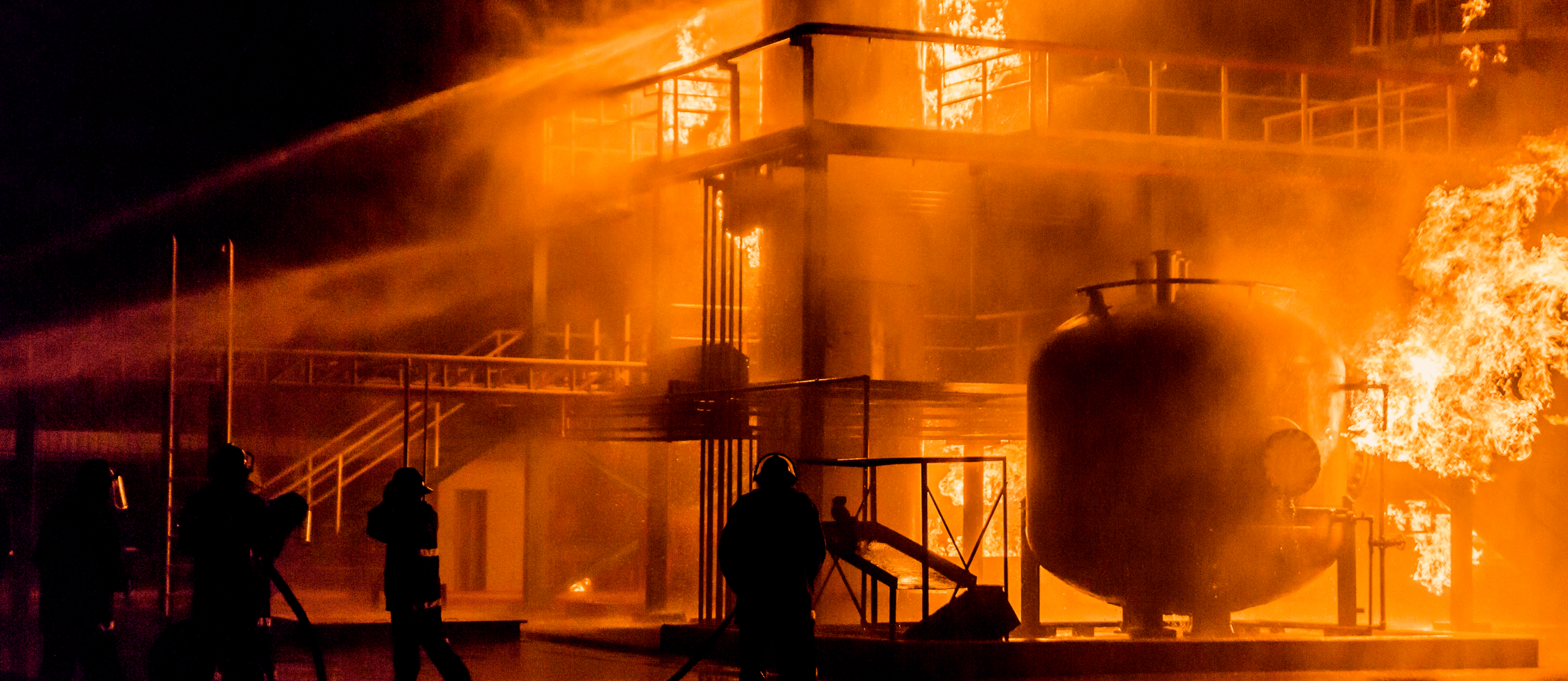
Understanding the Risks and Solutions
As the world increasingly shifts towards renewable energy and electric vehicles, batteries—especially lithium-ion batteries—are at the forefront of this revolution. However, with their widespread use comes a significant concern: thermal runaway. Understanding thermal runaway in battery production and storage is crucial for ensuring safety, reliability, and performance.
What is Thermal Runaway in Batteries?
This refers to a situation where an increase in temperature triggers a self-sustaining reaction that leads to further heating. This can result in catastrophic outcomes, including fires and explosions. The process often begins when the battery cell overheats, which can occur due to various factors such as overcharging, internal short circuits, or exposure to high temperatures.
How Does Thermal Runaway Occur?
In the context of battery production, thermal runaway can be initiated by manufacturing defects. Poor quality control during the production process can introduce issues like impurities or improper electrode alignment, both of which can lead to internal short circuits. Such defects create conditions ripe for overheating. Additionally, mishandling during manufacturing, such as puncturing or dropping cells, can compromise the integrity of the battery, increasing the risk of thermal runaway. The choice of materials also plays a critical role; incompatible or low-quality materials in the electrolyte and separator can heighten the chances of overheating or dangerous chemical reactions
Contributing Factors
Once batteries are produced, their storage conditions significantly impact their safety. High ambient temperatures or inadequate ventilation can elevate the risk. Batteries should be stored in environments where temperatures are controlled and monitored to prevent overheating. Overcharging is another major risk factor. Charging batteries beyond their rated capacity generates excess heat, and without a proper battery management system (BMS) to monitor and control charging cycles, this can quickly escalate into a thermal runaway situation. Moreover, older batteries or those that have undergone numerous charge cycles may exhibit reduced capacity and stability, making them more susceptible to overheating.
The Consequences
The consequences of thermal runaway can be severe. The most immediate danger is the potential for fire or explosion, which can lead to injuries, property damage, and even loss of life. Incidents involving thermal runaway can also disrupt production and supply chains, affecting industries reliant on battery technology. Furthermore, battery fires can release toxic fumes and contaminants into the environment, posing risks to public health and ecosystems.
Prevention Strategies
To mitigate these risks, several strategies can be implemented. Rigorous quality control measures during production can help identify defects early. Techniques such as advanced imaging and material analysis are essential for maintaining high standards. A robust BMS is crucial for monitoring temperature, voltage, and current in real time, preventing overcharging and helping maintain safe operating conditions. In storage facilities, climate control systems should be in place to maintain optimal temperature ranges, with regular monitoring to identify and mitigate risks.
Educating personnel about the dangers of thermal runaway and proper battery handling is also essential, and regular training sessions can reinforce safe practices. Additionally, continued innovation in battery technology, including the exploration of safer chemistries and designs, can significantly reduce the likelihood of thermal runaway. Researchers are actively investigating alternatives to traditional lithium-ion batteries, such as solid-state batteries, which may offer enhanced safety profiles.
External Resources – Chemical Reaction Hazards
To read more about the risks, impacts, and solutions to thermal runaway, you can download our whitepaper today!





